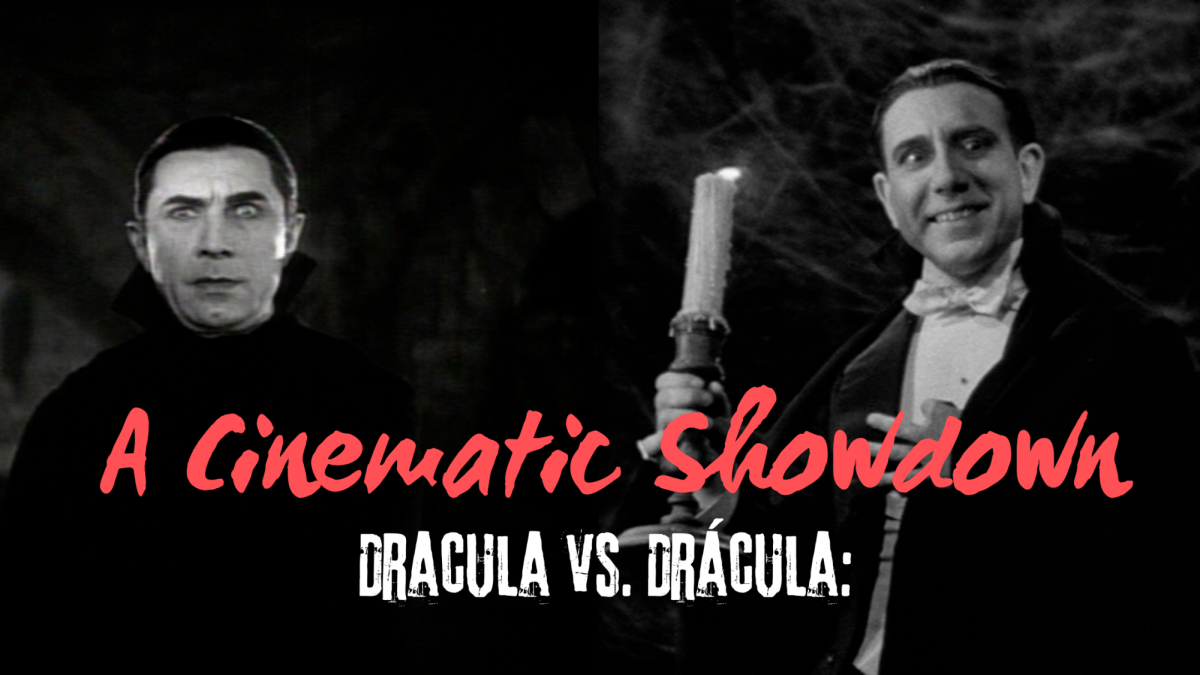Despite my awareness of the 1931 “Dracula”, I never had much interest in watching it – until now. My curiosity was piqued by Eugenio Derbez’s new series “Y Llegaron de Noche”, which recounts the story behind the Spanish adaptation of this classic film.
After watching the first episode (now available on Vix) I knew that I needed to watch the original films. I discovered an intriguing cinematic tale that goes far beyond the shadow of the iconic portrayal of Bela Lugosi’s Dracula.
In “Y Llegaron de Noche,” Derbez highlights the underappreciated history of the Spanish Drácula, filmed simultaneously with its English counterpart. He calls it ‘a success story of a group of Latinos’ who navigated the challenges of early cinema. The production team of the Spanish Drácula faced obstacles, including a significantly smaller budget and a tighter shooting schedule. Yet, they created a film that many critics argue rivals its counterpart.
Both films shared a script, sets and many of the same wardrobe, with the Spanish crew shooting at night while the English version was filmed during the day. The simultaneous production of the English and Spanish Dracula serves as a reminder of how both cultures navigated the evolving landscape of film, each contributing uniquely to the art form. It’s also fair to acknowledge that the Spanish version had an advantage, allowing the crew to adapt performances and techniques based on what they saw from the English production.
One of the most striking aspects of the Spanish Drácula is its energetic cinematography. The use of lighting and shadow feel more pronounced, enhancing the film’s atmosphere and intensifying the horror. Where the English version leans into a more subdued and theatrical approach, the Spanish adaptation was able to add a sense of urgency and raw emotion. Carlos Villarías’s portrayal of Dracula is both a bit seductive and menacing, showcasing a different interpretation of the character compared to Lugosi’s take on the character.
The Spanish version had more freedom in areas like the wardrobe, leading to bolder costumes that increased the films tension visually. As we see in “Y Llegaron de Noche,” actors were often chosen not only for talent but also for how well they fit the costumes of their English counterparts.
Despite its obscurity, the Spanish adaptation still managed to resonate with many viewers who have watched both films. It’s a reminder of how art can transcend language barriers and cultural divides, inviting us to experience stories in multiple ways. The challenges faced by the cast and crew reflect the broader struggles of minority filmmakers striving for recognition in an industry dominated by English-language productions.
As I watched both versions of Dracula, I found myself drawn more to the Spanish adaptation. The performances, while perhaps less polished, resonate with a captivating flair that feels both nostalgic and fresh. The Spanish Drácula isn’t merely a translation; it’s a reimagining—an opportunity to see a familiar story told through a different lens.
The 1931 Dracula stands as a remarkable case study in the power of cinema. The English and Spanish versions, though born from the same creative story, offer distinct experiences that deserve recognition. So, whether you’re a die-hard horror fan or a curious newcomer, the duality of these films invites a richer exploration of cinema’s capacity for storytelling.



joe • Oct 19, 2024 at 4:22 am
Spanish is technically better but it lacks Lugosi who is the true Dracula, Villarías is just goofy & over the top